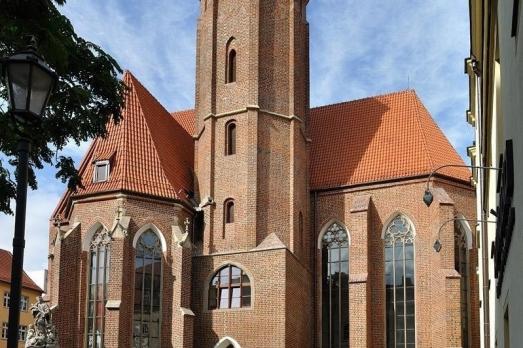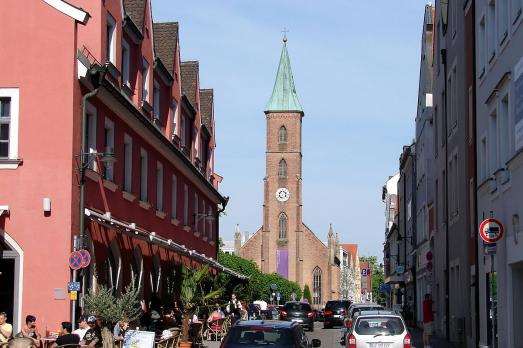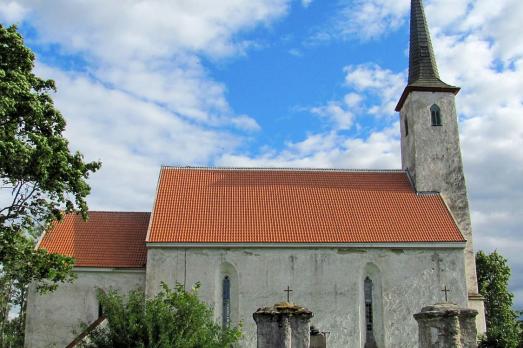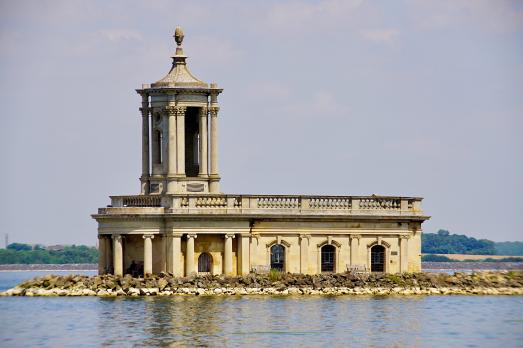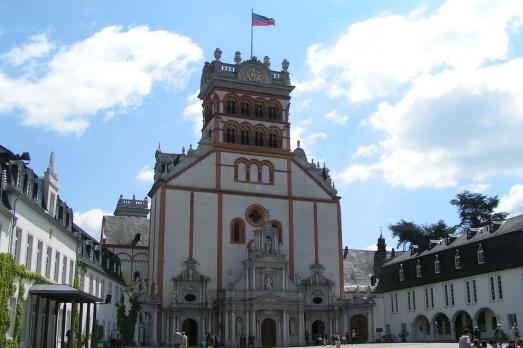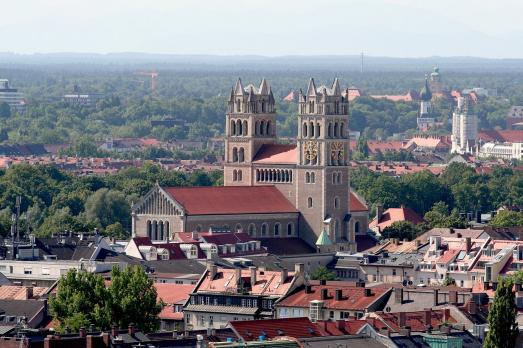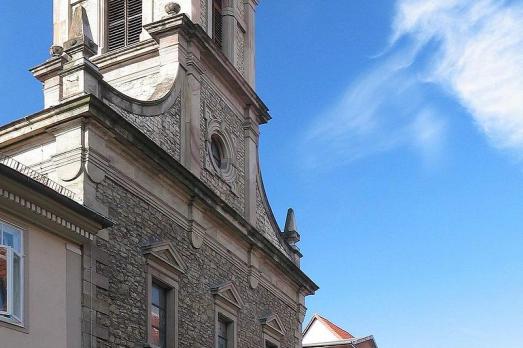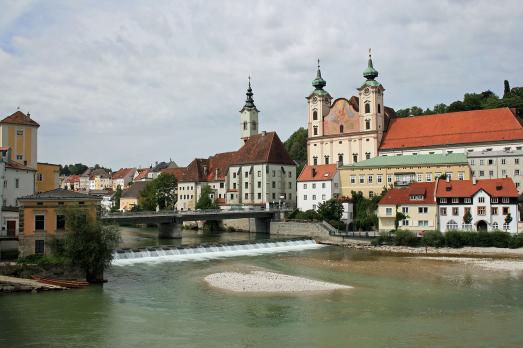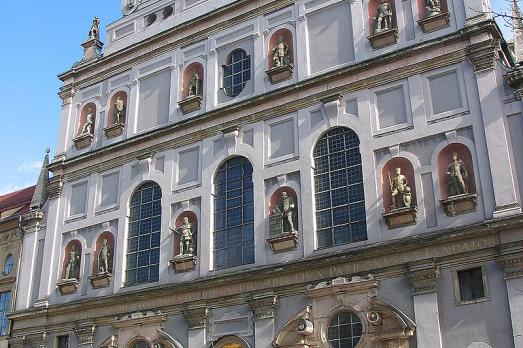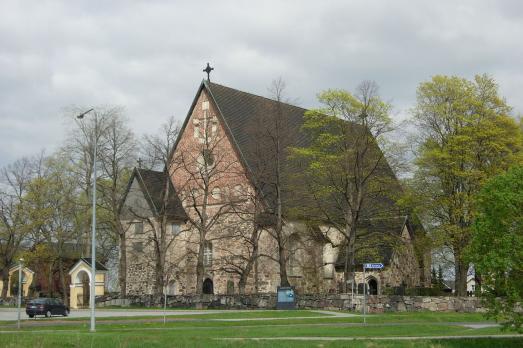
St. Mary's Church
Turku, FI
St. Mary's Church is a medieval stone church that would date back to the mid 15th century, probably to the 1440s. However, there have been several wooden churches in the parish, the oldest of which were built as early as the beginning of the 13th century. The walls and vaults of the church bear medieval paintings which, according to the historian Markus Hiekkanen, were painted by the church builders themselves.
